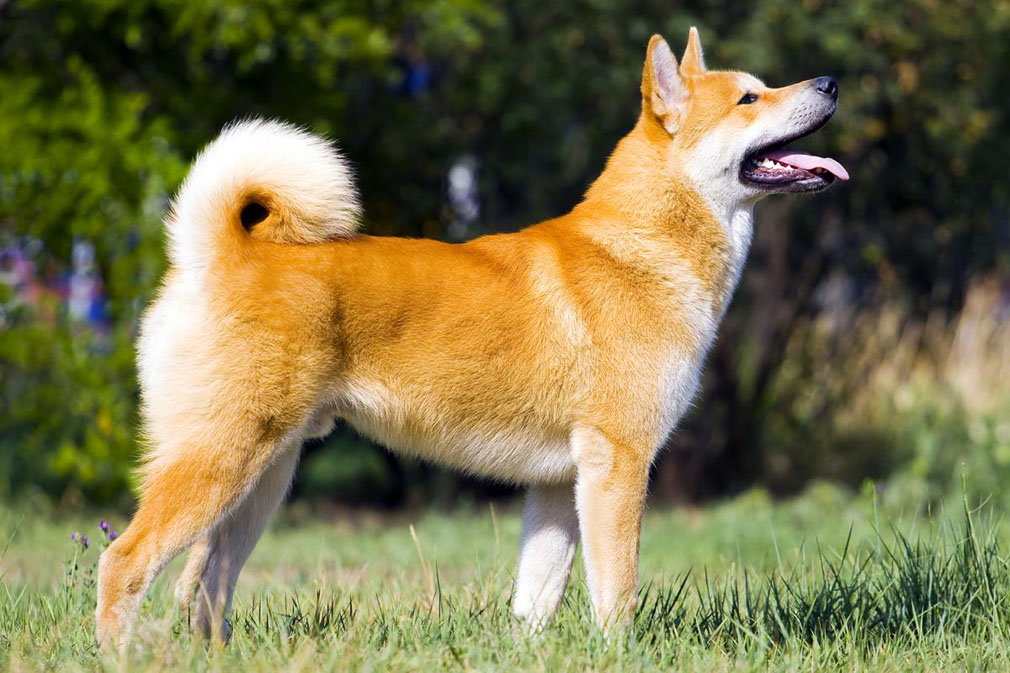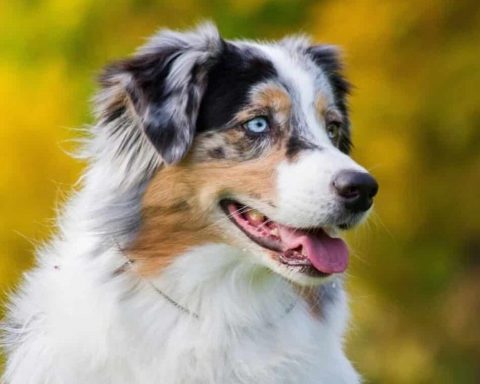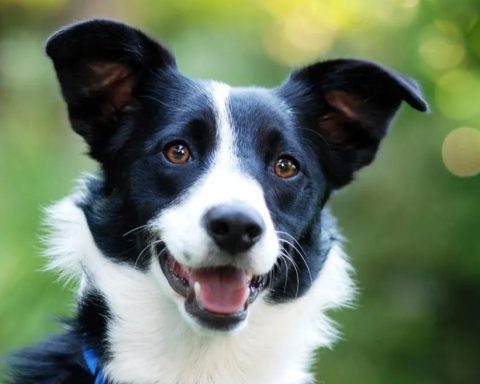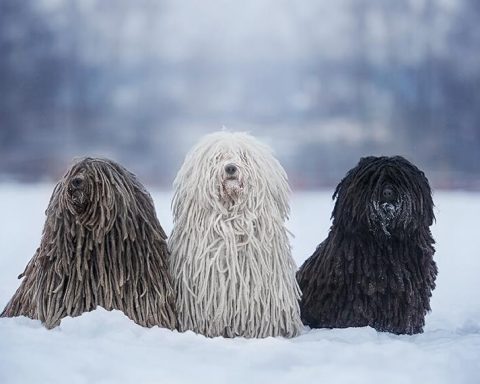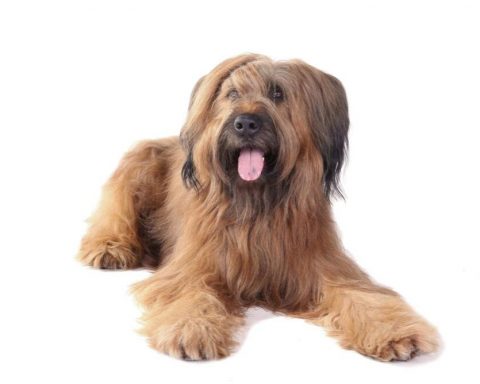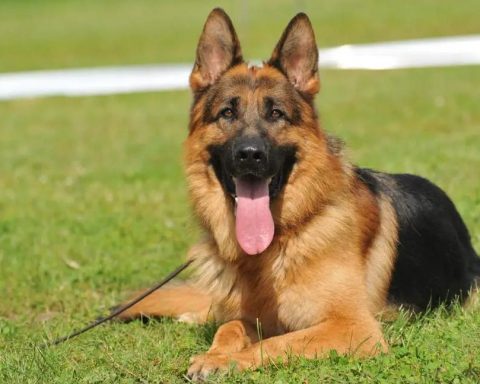summary
Tall, powerful, witty and well boned. The broad head, forming an obtuse triangle, with a deep muzzle and small eyes, standing ears, ears reaching forward in a straight line with the neck, are the distinguishing features of this breed. The large, curly tail, in proportion to the broad head, is also a distinctive feature of this breed.
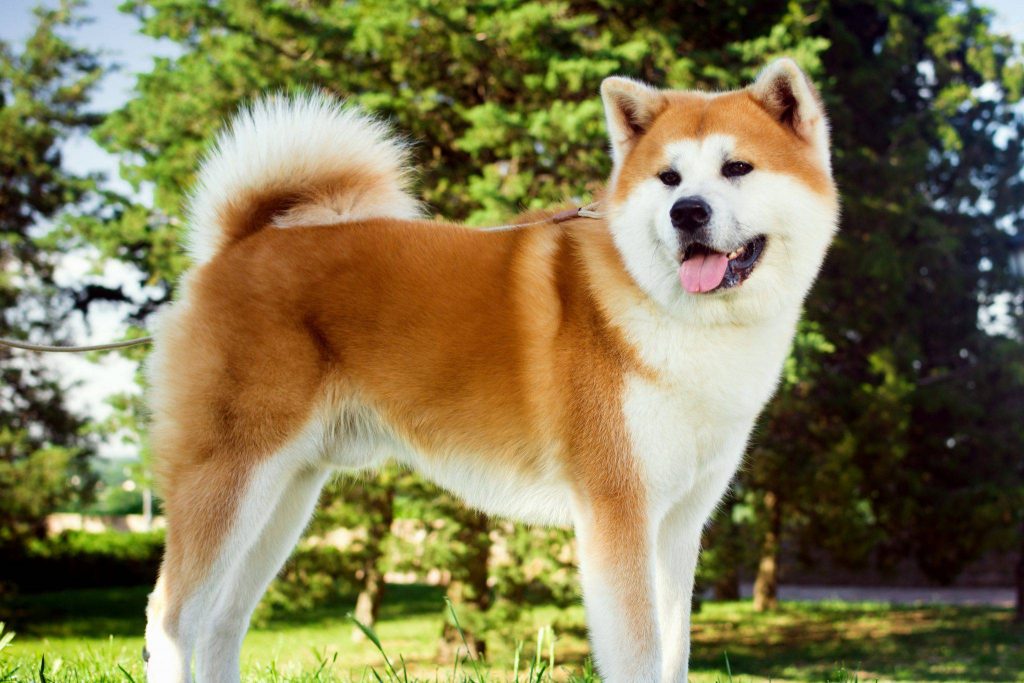
Place of origin
Japan
Head
The head of the Akita is thick, but in proper proportion to the body;
When at rest, there is little wrinkling; the head is broad and flat between the two ears;
Jaws square, powerful and lightly larynxed. When viewed from above, the head is bluntly triangular in outline. Defects: narrow or long muzzled head.
Muzzle: wide and complete. The ratio of the distance from the snout-glass to the stop to the distance from the stop to the back of the head is 2/3.
Stop: well defined, but not abrupt. There is a shallow wrinkle extending towards the forehead.
Nasal mirrors: wide and black. White Akitas are allowed to have liver-colored noseglasses, but black is always preferred.
DISQUALIFICATION: Butterfly nose or lack of pigmentation in the nose mirror.
EARS: The Akita’s ears are a distinguishing feature of this breed. They are powerfully erect and small. If folded forward, their length allows the tips of the ears to just touch the corners of the upper eyes. The ears are triangular in shape, slightly rounded at the tips, wide at the base, and positioned at a wide distance from the base, but not very low, reaching slightly forward over the eyes and in the same line as the neck.
Disqualification: droopy or broken ears. Eyes: Dark brown, small, deeply positioned and triangular in shape. Rings of the eyes are black and tight. Lips and Tongue: Lips are black and do not droop; tongue is pink.
Teeth: Strong, clipped bite is desirable, pincer bite is acceptable.
Disfigurement: Significant lower jaw protruding bite or upper jaw protruding bite.
Neck and Body
Akita’s neck: thick and muscular; short, gradually widening toward the shoulders. Prominent protuberance on the lower part of the head.
Body: Length slightly greater than height; male length to height ratio about 10/9; female length to height ratio about 11/9. Chest broad and deep; depth of chest 1/2 of shoulder height. ribs well expanded, pectoral muscles well developed. Back level, loin muscles firm and moderately folded. Skin supple but not loose.
SEVERE DEFICIENCIES: Insufficient bone, slender frame.
Tail
Large and plump, with the root of the tail positioned in a high write rolled over the back, or with 3/4 resting on the loin, striking one roll or two rolls, always curling below the dorsal line. When hitting 3/4 rolls, the tip of the tail droops over the loin. The tail root is thick and strong. If the tail is drooping, its length reaches right up to the fly knuckle. The tail hair is thick, straight and dense and does not look like it wants to be feathered. Disqualification: sickle tail or straight tail.
Forequarters, hindquarters
Forequarters: Shoulders firm and strong, moderately backward. When viewed from the front, the forelimb bones are very thick and straight. The wrists are about 15 degrees forward. Defects: elbows turned inward or outward, loose shoulders.
HINDQUARTERS: The hindquarters are broad, well muscled and not as well boned as the forelimbs. Thighs well defined. Hind knees moderately inclined; fly joints leaning down, i.e., not turned inward or outward.
Wolf claws: generally the claws of the forelimbs are not removed; while the claws of the hind limbs need to be removed. Foot claws: cat’s feet with rounded claws and thick pads. The claws are straight forward.
Coat
The Akita has a double coat. The undercoat is thick, soft, dense and slightly shorter than the cape. The cape is straight, coarse and stands up on the body.
The hair on the head, legs and ears is slightly shorter. The rump and rump hair is about 2 inches in length, slightly longer than the rest of the body, and with the exception of the tail, is the longest and thickest part of the body.
Flaw: Feathery trimmed hairs appear on any part of the body.
Color
Any color, including white, spotted, and mottled. Brilliant, clear color and harmonious markings, with or without a mask. White Akita is unmasked.
The Variegated Akita is a white undercoat with large, even patches of color that cover the head and more than 1/3 of the body. The undercoat color may be different from the cloak color.
Gait
Brisk but powerful, medium stride. The back remains firm, stable and level. The hind limbs move in the same straight line as the front limbs.
Body type
Male dogs stand about 26 to 28 inches tall at the shoulder. Bitches are about 24 to 26 inches tall at the shoulder. Out of shape: males under 25 inches or bitches under 23 inches.
Temperament
The Akita is alert and responsive, majestic and courageous. Aggressive toward other dogs.
Disorder
Butterfly nose or lack of pigmentation in the nosepiece. Droopy or broken ears. Significantly protruding lower jaw bite or protruding upper jaw bite. Sickle tail or straight tail. Males under 25 inches or bitches under 23 inches.
Standard adoption date: December 12, 1972
